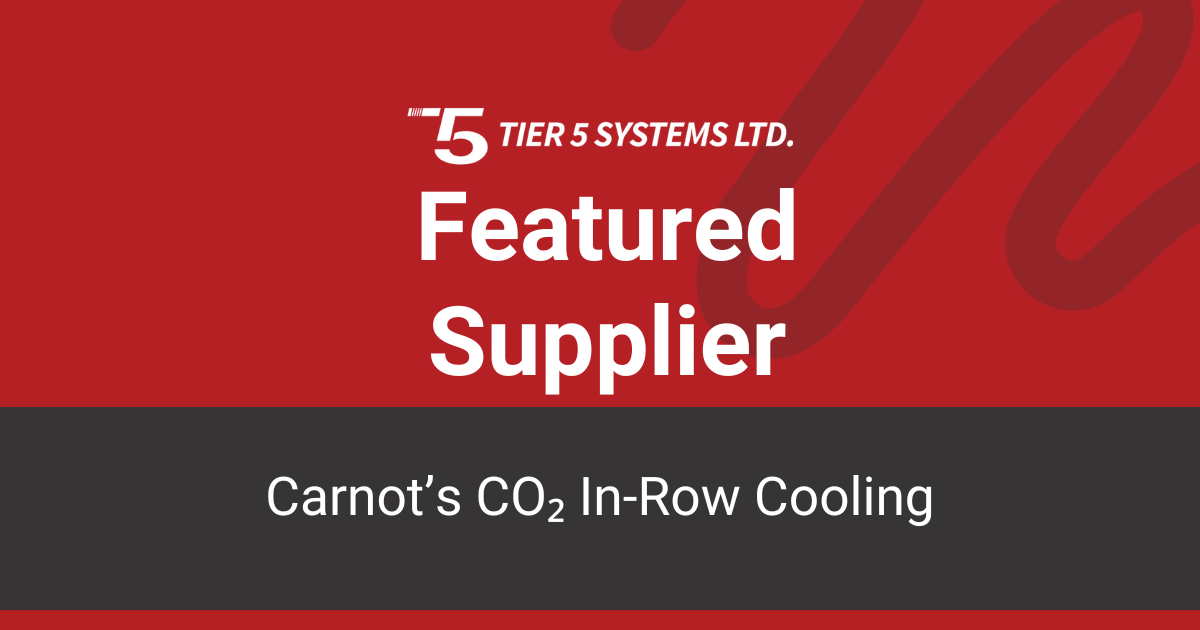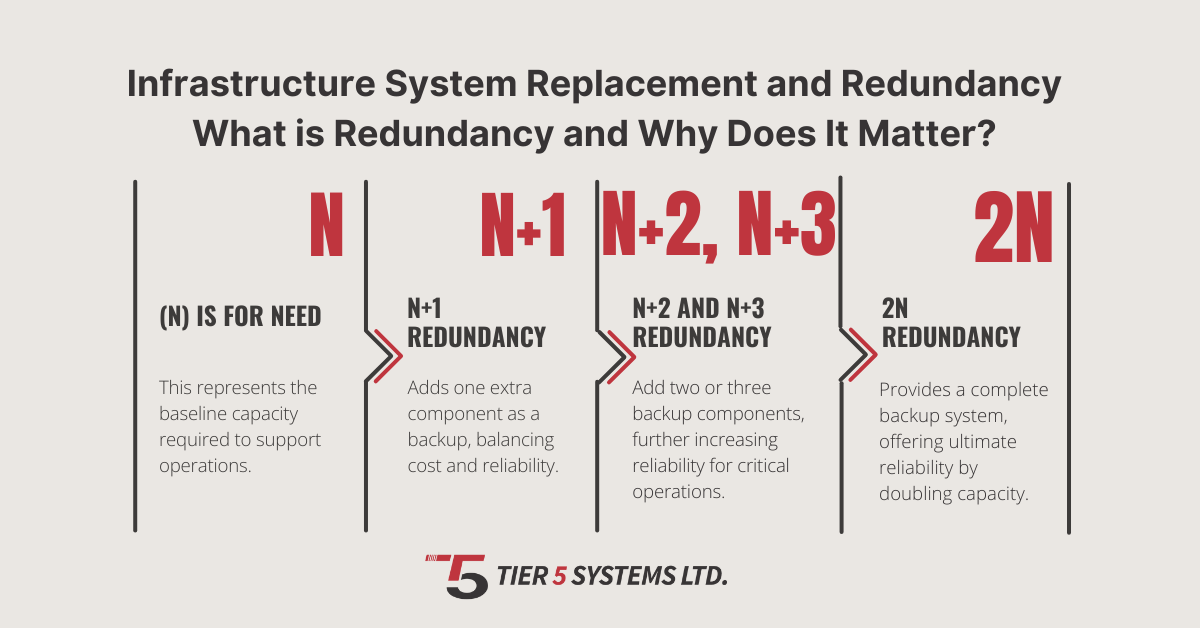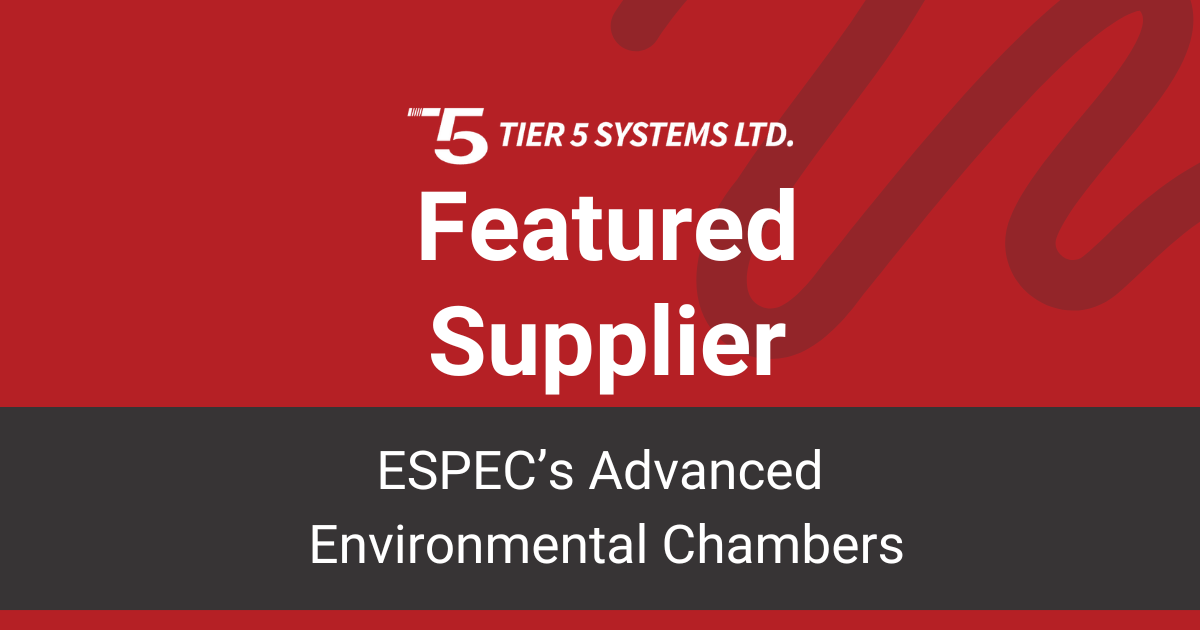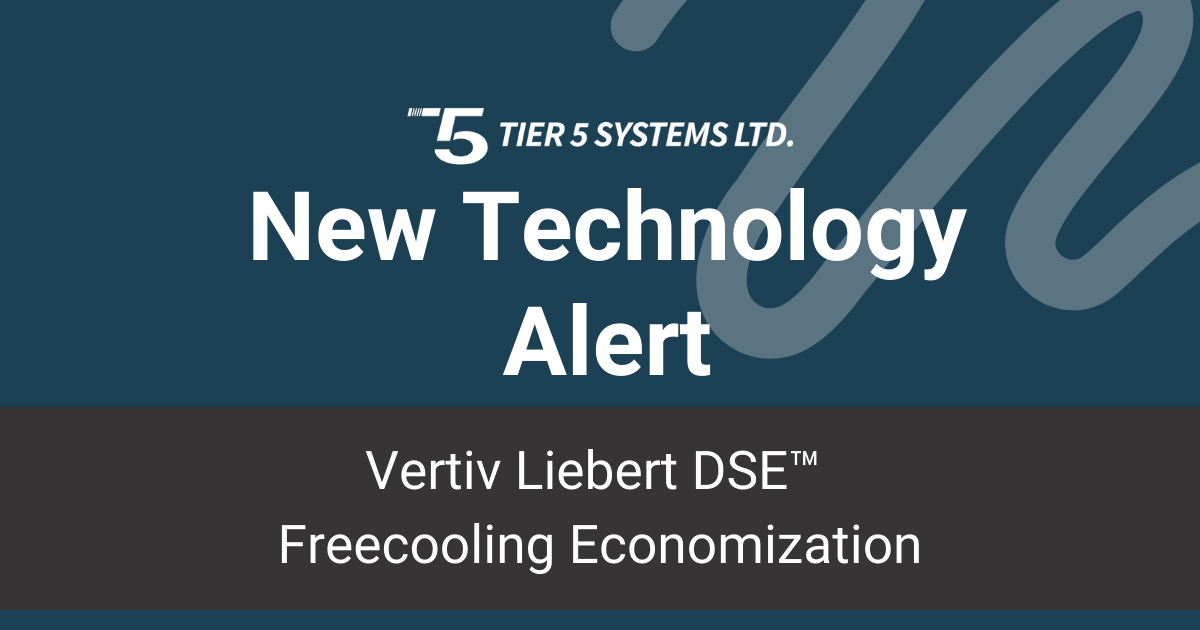Driving Decarbonization: What Tier 5 Systems Learned from the 2025 Decarbonization Symposium

As the HVACR industry accelerates toward net-zero targets, decarbonization is reshaping how systems are designed, regulated, and maintained. Tier 5 Systems shares key insights from the 2025 Decarbonization Symposium - from low-GWP refrigerants and CO₂ heat pumps to data-center cooling strategies that double efficiency while reducing emissions.
Across Canada, the HVACR and data-center industries are facing one of their biggest transitions in decades - a move toward decarbonization that affects every design decision, refrigerant choice, and long-term maintenance plan.
At the 2025 Decarbonization Symposium, engineers, manufacturers, and policy leaders shared the latest research, field data, and regulatory changes driving this shift. For Tier 5 Systems, the conference reaffirmed a simple truth: decarbonization isn’t achieved through one technology, it’s achieved through smarter integration and performance management.
1. The Changing Refrigerant Landscape
One of the strongest themes throughout the event was the rapid evolution of refrigerant regulations.
The Montreal Protocol eliminated CFCs and HCFCs decades ago, but new global agreements like the Kigali Amendment are now targeting high-GWP HFCs, with phase-downs stretching through 2035.
Speakers from Copeland and HRAI highlighted the complexity this creates. New low-GWP refrigerants such as A2L-classified blends and natural alternatives like CO₂ (R744), propane (R290), and ammonia (R717) - offer dramatic reductions in global-warming potential, but they also introduce new design and safety considerations.
For Tier 5 Systems, that means helping clients evaluate refrigerant strategies based not just on compliance, but on long-term serviceability and performance stability. A CO₂-based system, for example, operates at far higher pressures than a conventional HFC design. Without the right commissioning, monitoring, and containment plan, its efficiency and reliability can quickly degrade.
2. The Rise of Heat Pumps and Electrification
Decarbonization isn’t limited to cooling. A major focus of the symposium was the growing role of industrial and commercial heat pumps in replacing fossil-fuel-based heating.
Water-source and CO₂ heat-pump systems are now being deployed across commercial, industrial, and district-energy projects.
The performance metrics are compelling:
- Every 1 unit of electrical energy can deliver 3 or more units of heating output.
- When combined with renewable electricity (hydro, wind, or solar), total emissions drop dramatically.
- Government programs such as CleanBC, NRCan Retrofit Hub, and Efficiency Manitoba are offering grants and rebates to accelerate adoption.
For mechanical contractors and facility operators, this trend changes how systems are planned and maintained. It also underscores Tier 5 Systems’ core belief: installation is only the beginning. The efficiency promise of a heat-pump or hybrid system depends entirely on correct setup, commissioning, and lifecycle maintenance.
3. Data Centers: The Next Frontier in Cooling Efficiency
One statistic from Lesage Inc. and Effecterra drew attention across the room:
In 2023, data centers consumed 176 TWh of electricity in the U.S., with cooling responsible for nearly 40 percent of that total.
By 2030, consumption could exceed 1,000 TWh - unless the industry rethinks how heat is managed.
Emerging solutions include CO₂ chiller heat pumps that can simultaneously provide chilled water and high-grade heat recovery, improving total energy efficiency by up to 70 percent and achieving one-year paybacks in some pilot projects.
This is where Tier 5 Systems’ expertise in containment, airflow management, and mechanical optimization directly supports decarbonization goals. By integrating in-row cooling, aisle containment, and heat-recovery strategies, a data-center cooling plant can operate at higher return-air temperatures, often doubling the effective capacity of its cooling equipment.
For example:
An 8-ton cooling unit rated at 27.2 kW at 75°F return air can reach 44 kW at 100°F return air with proper containment and system design. That’s nearly double the cooling output from the same physical unit without additional energy input.
4. Beyond Technology: Policy, People, and Performance
The symposium also addressed the realities beyond equipment.
- Regulation and Policy: HRAI emphasized the need for harmonization between Canadian and U.S. refrigerant rules to avoid costly uncertainty for manufacturers and contractors.
- Workforce Development: Canada faces a shortage of qualified HVACR technicians trained to handle new refrigerants and heat-pump technologies.
- Lifecycle Accountability: PFAS (“forever chemicals”) and end-of-life regulations are shaping how systems are recycled and reported, reinforcing the need for proper documentation and stewardship.
Tier 5 Systems recognizes that meeting these challenges means investing in training, safety protocols, and transparent reporting. True sustainability requires collaboration between engineering, operations, and policy.
5. The Tier 5 Perspective: Designing for the Long Game
The path to decarbonization isn’t just about reaching the next regulatory milestone. It’s about designing systems that maintain peak performance for decades, not just at startup.
At Tier 5 Systems, we help clients:
- Select and integrate low-GWP technologies suited to their operational profile.
- Commission and monitor equipment for consistent capacity and energy efficiency.
- Plan for end-of-life transitions, ensuring today’s systems remain adaptable for tomorrow’s refrigerants and controls.
As the symposium made clear, the future of cooling and heating will belong to those who view mechanical systems as dynamic ecosystems, not static installations.
Decarbonization is complex, but with data-driven engineering, expert installation, and proactive maintenance, it’s a challenge our industry is ready to meet.
Tier 5 Systems, Building the next generation of high-performance, low-carbon cooling infrastructure.





